In the enchanting realm of graphic design, vectors are the unsung heroes, the digital artisans' secret brushes that bring visions to life with unparalleled precision and finesse. Picture these vectors as the architects of visual dreams, the meticulous craftsmen of shapes, lines, and colors, all meticulously orchestrated to create a symphony of graphic brilliance.
Unlike their raster counterparts, vectors can retain their pristine quality, regardless of the scale or dimension they adorn. They are mathematical poetry, defined by points and lines, and anchored in a world where resolution knows no bounds.
Imagine wielding a magic wand that sculpts lines that curve gracefully and shapes that remain sharp as a diamond's edge, no matter how far you zoom in. That is the power of vectors. They dance to the rhythm of Bezier curves and anchor points, creating logos that resonate, illustrations that captivate, and typography that sings.
With vectors, graphic designers craft visual stories that are scalable, adaptable, and timeless. These ethereal entities grant the freedom to explore and experiment, to push creative boundaries without the fear of pixelated imperfections. They are the masterstroke in the artist's palette, enabling designers to breathe life into their ideas, one elegant line at a time.
In the enigmatic world of graphic design, vectors are the sorcerer's wand, the conductor's baton, and the architect's blueprint – a tool of limitless possibilities whispered about among those who know the true magic of design.
Let's Discover The History Of Vector
The birth and history of vectors in design trace back to the fascinating evolution of computer graphics and the quest for scalable, precise, and versatile visual representation. Let's embark on a journey through time to uncover the origins of vectors in design:
- Early Computer Graphics (1950s-1960s): Digital graphics began to take shape in the mid-20th century with the emergence of computers. Initially, graphic output was limited to rudimentary dots and lines, called “vector graphics.” These early vector graphics were primarily used for scientific and engineering purposes, lacking the aesthetics and versatility we associate with modern graphic design.
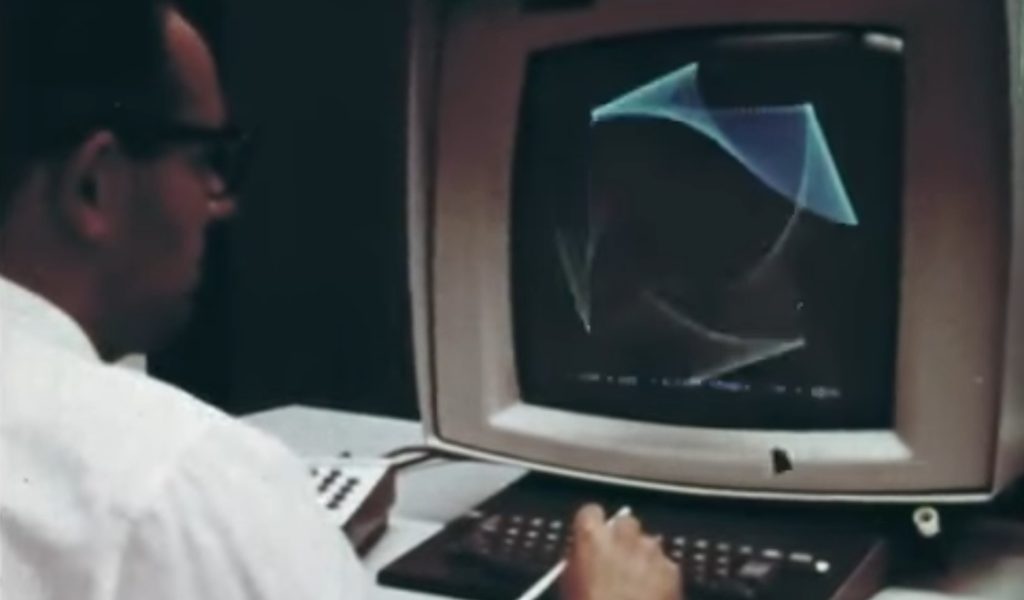
- Ivan Sutherland's Sketchpad (1963): A pivotal moment in the history of vector graphics came with Ivan Sutherland's creation of “Sketchpad.” This revolutionary computer program allowed users to interact with images using a light pen, giving birth to the idea of directly manipulating graphical objects. While Sketchpad was not aimed at graphic design per se, it laid the foundation for future vector-based design software.
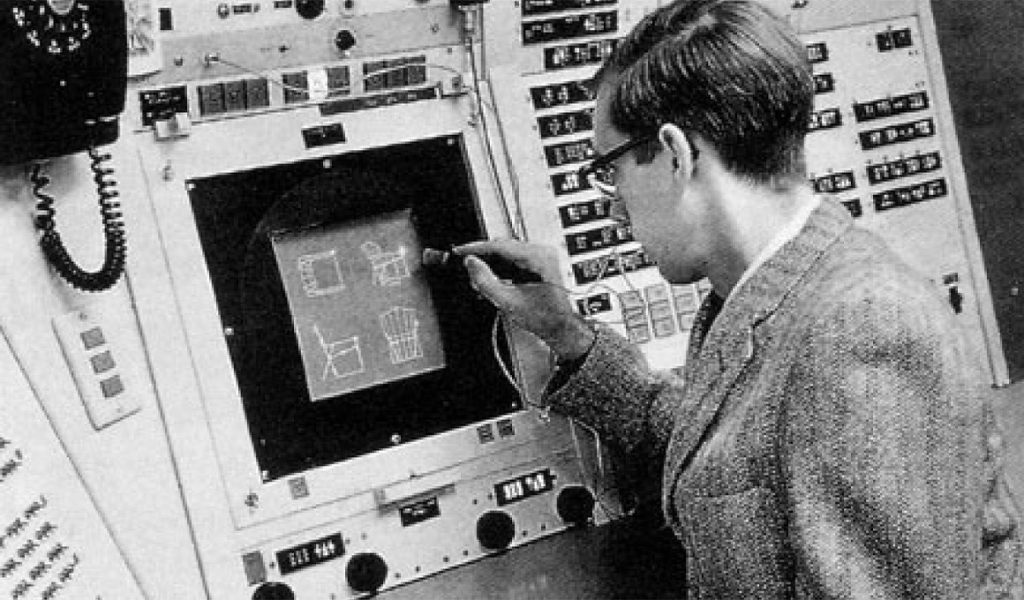
- Emergence of Computer-Aided Design (CAD): In the 1960s and 1970s, vector graphics were extensively used in computer-aided design (CAD) applications. Engineers and architects employed vector graphics to create precise technical drawings and blueprints. This era marked vector graphics' transition from scientific and technical domains into design and art.

- Adobe Illustrator and PostScript (1980s): The watershed moment for vectors in graphic design arrived in 1987 when Adobe Systems introduced Adobe Illustrator. This pioneering software allowed designers to easily create and manipulate vector-based artwork. Illustrator's compatibility with Adobe's PostScript printing technology made it an industry standard, facilitating high-quality printing and typography.
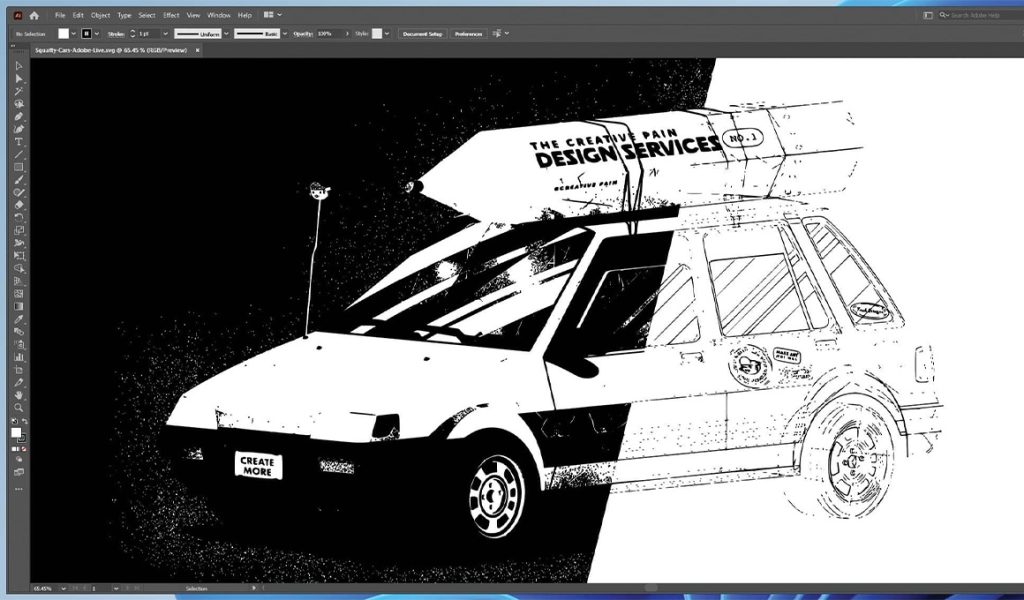
- Scalable Vector Graphics (SVG) Standard (1999): In the late 1990s, the World Wide Web Consortium (W3C) introduced the Scalable Vector Graphics (SVG) standard. SVG brought vector graphics to the web, enabling designers to create interactive and scalable graphics directly within web browsers. This standard significantly expanded the use of vectors in web design and user interfaces.
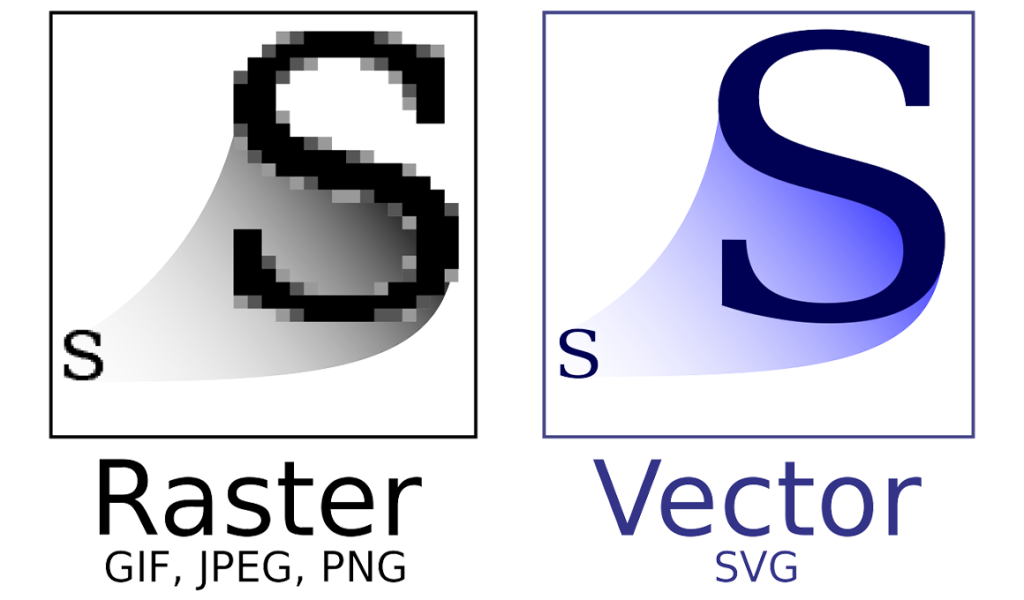
- Vectors in Contemporary Design (2000s-Present): With software like Adobe Illustrator, CorelDRAW, and Inkscape, vector graphics have become indispensable tools for graphic designers. Vectors are used for everything from logo design and iconography to illustrations and typography. Their versatility, scalability, and ability to maintain quality across various media have solidified their place in modern design.
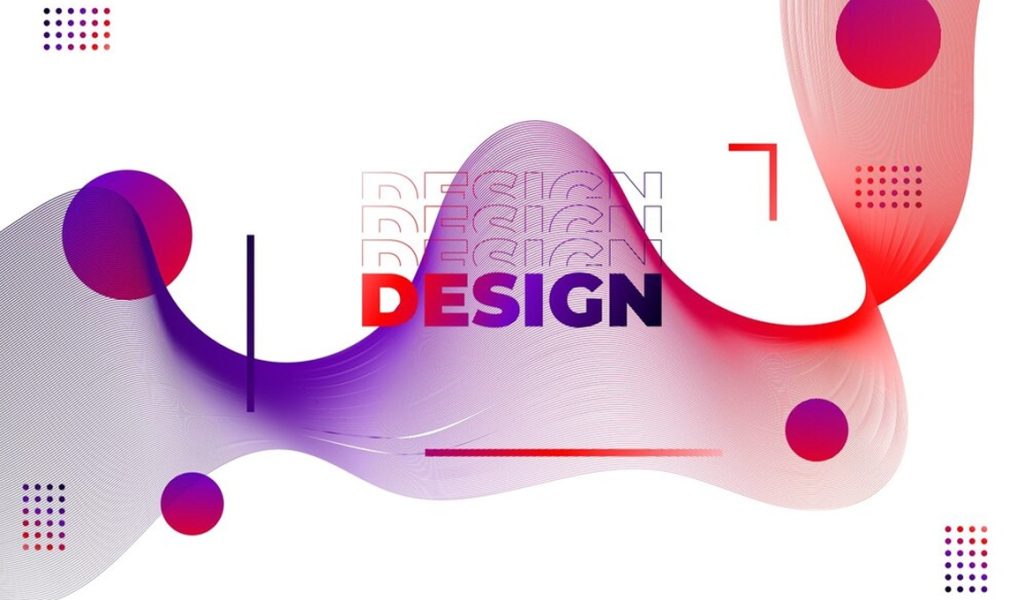
Today, vectors play a vital role in graphic design, offering designers the flexibility to create stunning visuals that can be applied to a wide range of media, from print to digital. They have evolved from humble beginnings into an essential element of the designer's toolkit, shaping the visual language of our digital age.
Vector & Graphic Design Go Hand In Hand.
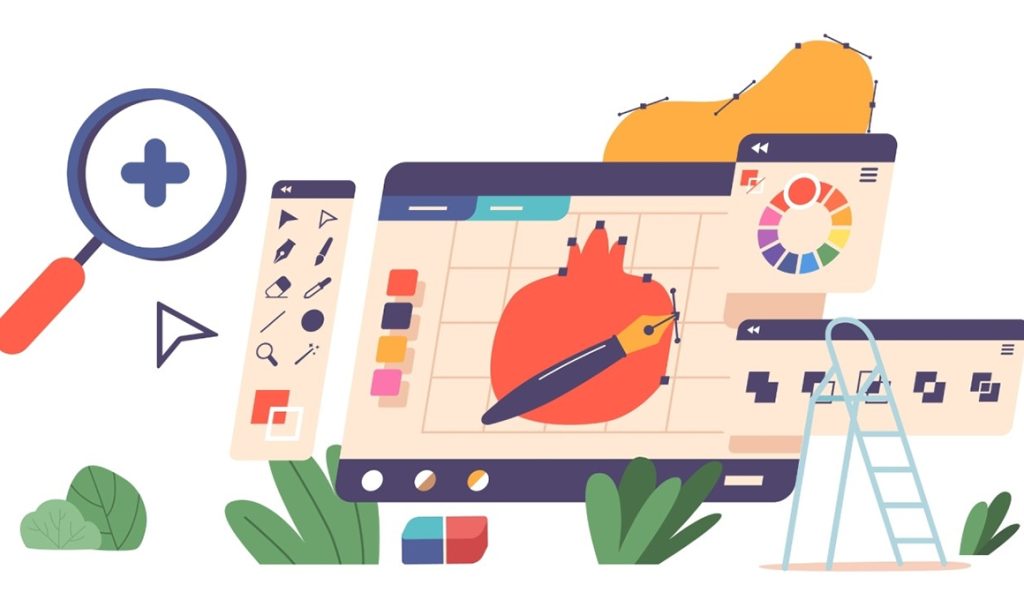
In today's designing world, vector graphic designing has become an essential tool for professionals. Using vector graphics offers numerous advantages and is crucial in creating visually stunning and versatile designs.
One of the key reasons why vectors are crucial is their ability to retain image quality regardless of size. Unlike raster images, which pixelate when enlarged, vector graphics are resolution-independent. This means that designers can scale their artwork without any loss in quality, making it ideal for various applications such as logos, illustrations, and print materials.
Moreover, vectors allow designers to create clean and precise lines, shapes, and curves. The mathematical formulas used in vector graphics ensure smooth edges and accurate proportions. This level of precision is especially important in industries like branding and logo design, where visual consistency is paramount.
Additionally, vectors offer flexibility in terms of editing and customization. Designers can easily modify colors, shapes, or any other element within a vector file without compromising integrity. This versatility enables faster iterations during the design process and provides clients with options for customization according to their preferences.
Furthermore, vectors are compatible with different software programs and platforms. Designers can seamlessly transfer their artwork across various devices without worrying about compatibility issues or loss of quality. This makes collaboration easier among team members using different software tools.
The use of vectors in graphic designing is crucial due to their scalability, precision, flexibility in editing, and compatibility across platforms. As technology advances further and design requirements become more complex, mastering vector graphic designing will remain essential for designers seeking to create impactful visuals that stand the test of time.
Is Hardcore Graphic Design Incomplete Without Vectors?
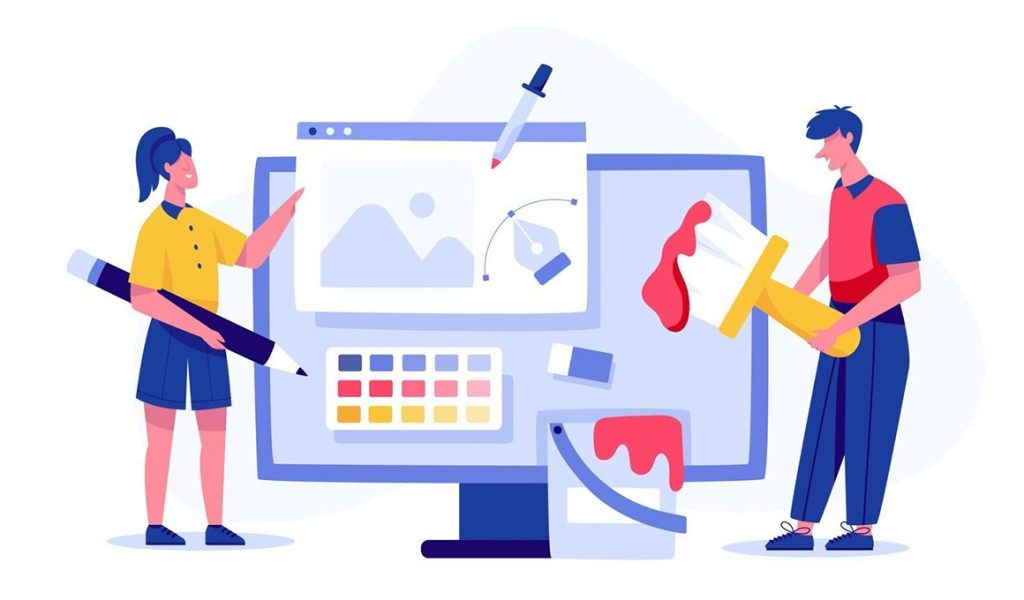
My fellow design enthusiast, the world of hardcore graphic design is complete with the majestic and indispensable vector. Picture, if you will, a canvas where the strokes of creativity are bound by pixels alone, and you'll realize the profound significance of vectors in this illustrious realm.
Vectors are the unsung heroes of precision and scalability, the virtuosos of versatility in design.
They form the backbone of iconic logos, the secret ingredient in flawless typography, and the artists' muse for crafting intricate illustrations. Let me illuminate this truth with a few compelling facts and examples:
- Precision and Scalability: Vectors are inherently mathematical, defined by points and lines. This mathematical precision allows them to be scaled infinitely without loss of quality. Imagine a logo, a company's visual identity, that needs to be adapted for a tiny business card and a gigantic billboard. Vectors make this seamless transition possible. The Nike Swoosh, an iconic symbol, remains sharp and pristine regardless of its size or application.
- Versatility in Design: Vectors are like chameleons, effortlessly adapting to various design needs. From crafting stunning typography that graces magazine covers to creating intricate patterns for textiles, vectors are the quintessential tool. Think of the countless vector-based icons and illustrations that populate mobile apps and websites, guiding users with visual cues. They are the silent storytellers of user experiences.
- Print Perfection: In print design, vectors reign supreme. When a client's poster is destined for a high-quality print run, vectors ensure that every line, every curve, and every color is as vivid and crisp as the designer intended. Imagine a world-famous fashion brand's catalog, with its meticulously detailed garments – vectors ensure that each stitch and fold is faithfully rendered in print.
- Editability and Iteration: The beauty of vectors lies not just in their precision but also in their editability. Designers can tweak, refine, and iterate upon their creations with ease. Consider a packaging design that undergoes multiple revisions before it finally captures the essence of a product. Vectors facilitate these creative transformations without compromising quality.
In hardcore graphic design, vectors are the architects of visual perfection, adaptability artisans, and quality guardians. They are the difference between design that merely exists and design that truly thrives. Whether you're creating a timeless logo, an enchanting illustration, or an interface that guides millions, vectors are your steadfast allies, ensuring that your creative vision knows no bounds. So, in the grand symphony of design, vectors are the notes that hit all the right chords, creating harmonious visual masterpieces that captivate the world.
10 Reasons Why Designers Are Using Vectors In Most Of Their Creative Work
Designers across various creative disciplines consistently turn to vectors for many compelling reasons. Here are ten of the most significant:
- Scalability: Vectors are resolution-independent, meaning they can be scaled up or down without losing quality. This makes them ideal for designs for various applications, from business cards to billboards.
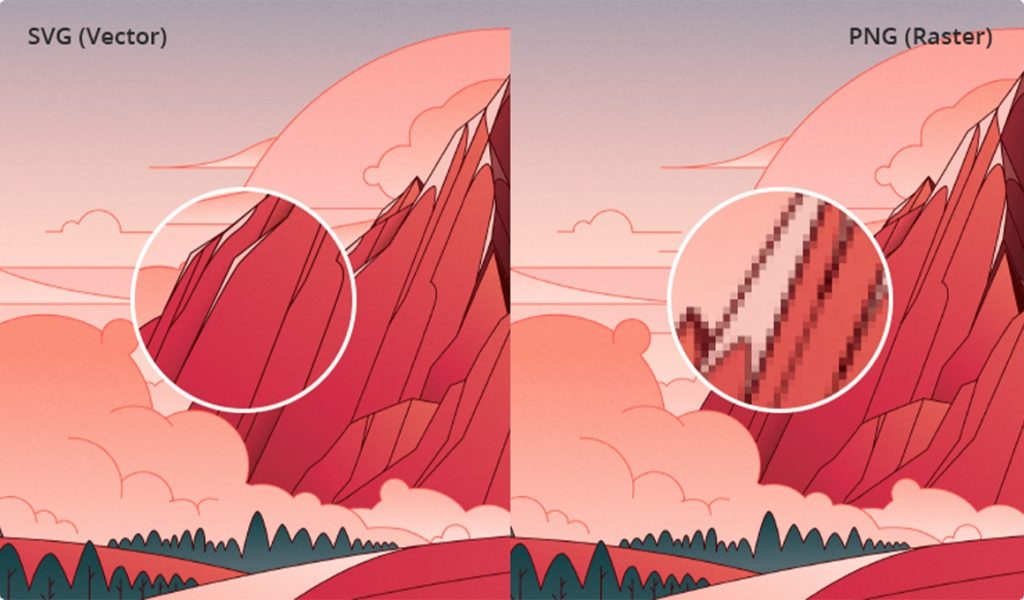
2. Precision: Vectors are based on mathematical equations, allowing precise control over shapes, lines, and curves. Designers can create intricate and highly detailed artwork with accuracy.
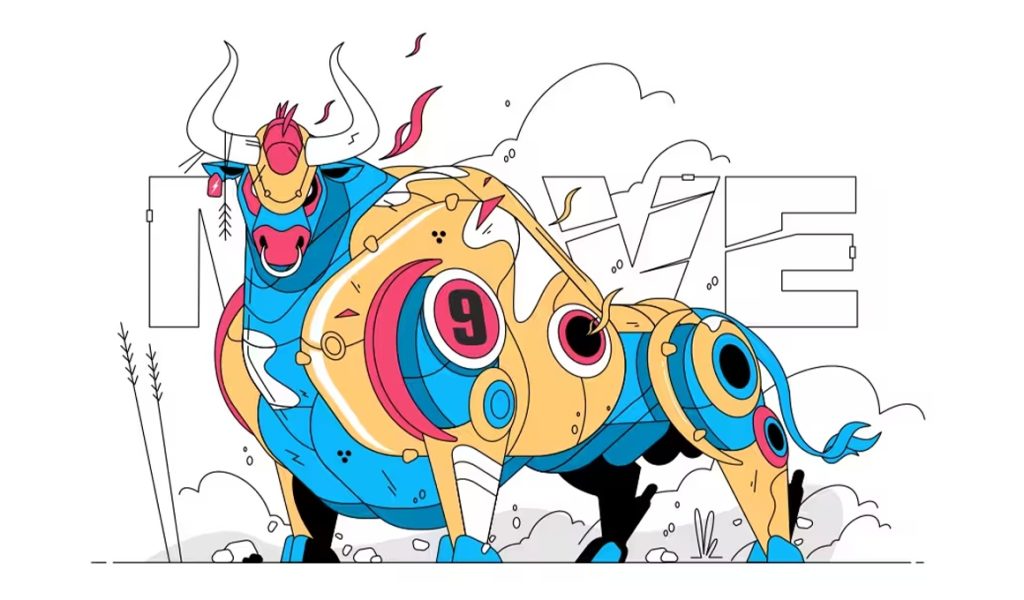
3. Versatility: Vectors can be used in various design projects, including logos, illustrations, typography, icons, and infographics. They adapt seamlessly to different design needs.

4. Editability: Vectors are easily editable. Designers can modify and fine-tune their creations at any stage of the design process, making experimentation and iteration efficient.
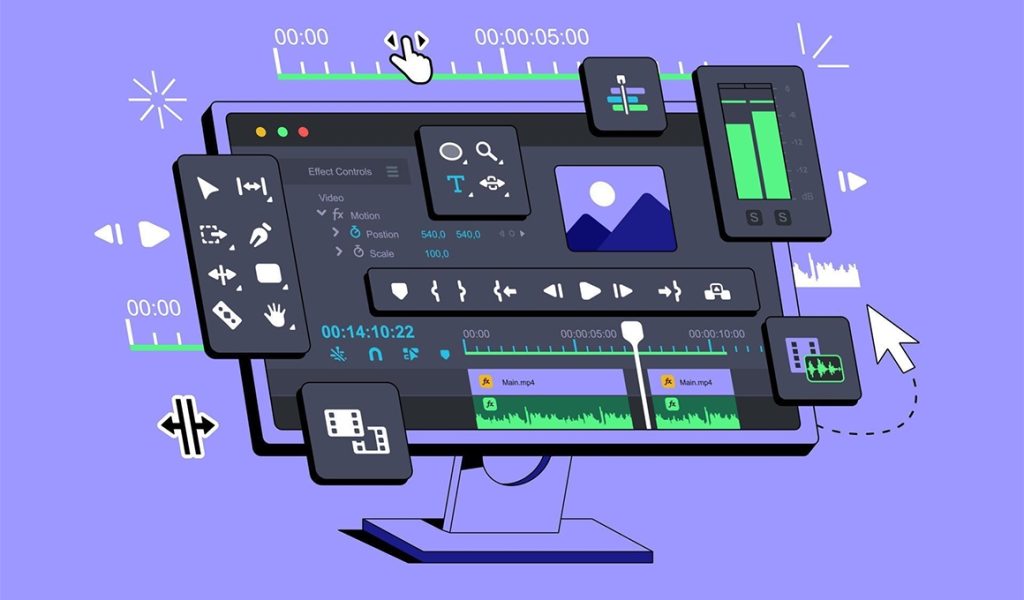
5. Consistency: Vectors help maintain consistency in design elements across various media and platforms, such as logo variations. This is essential for branding and corporate identity.

6. File Size: Vector files tend to be smaller than raster images, making them more manageable and faster to load in digital applications.
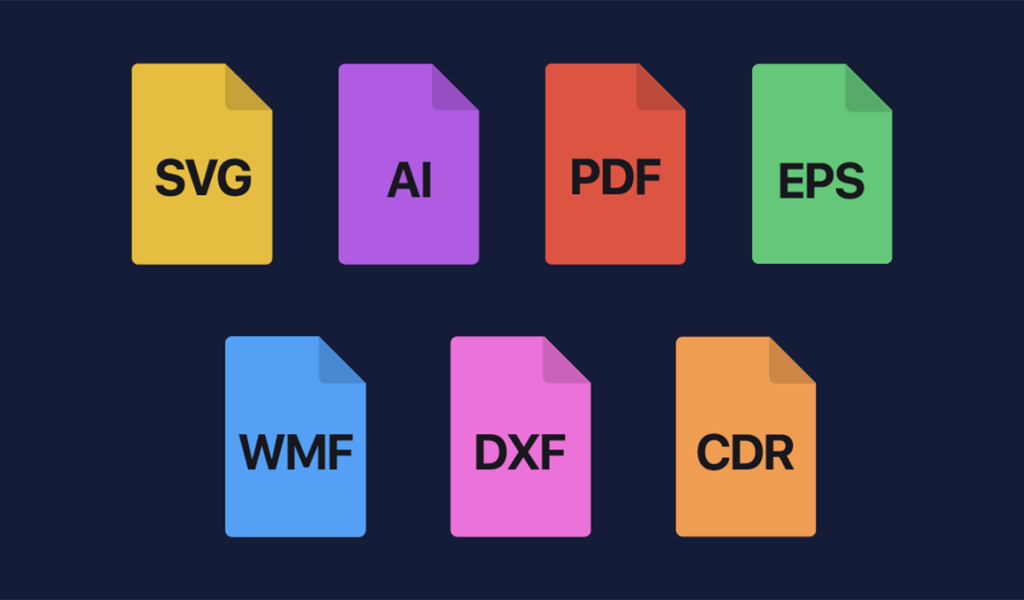
7. Print Quality: Vectors ensure high-quality printing results, especially for brochures, posters, and packaging. Colors and details remain sharp and vibrant in print.
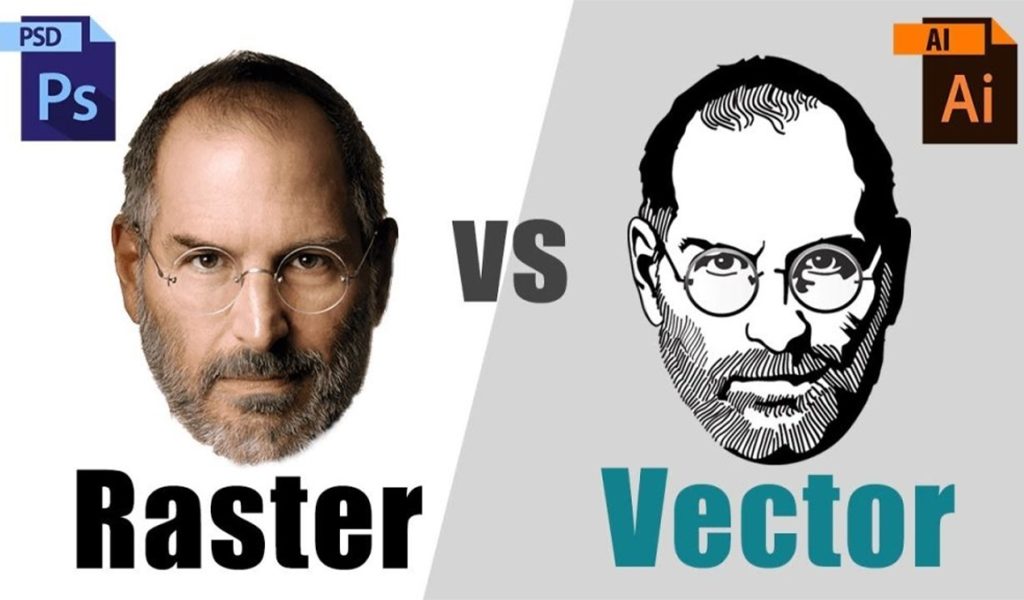
8. Animation and Interactivity: Vectors are essential for creating animations, interactive graphics, and user interfaces in web and app design. They enable smooth transitions and responsiveness.
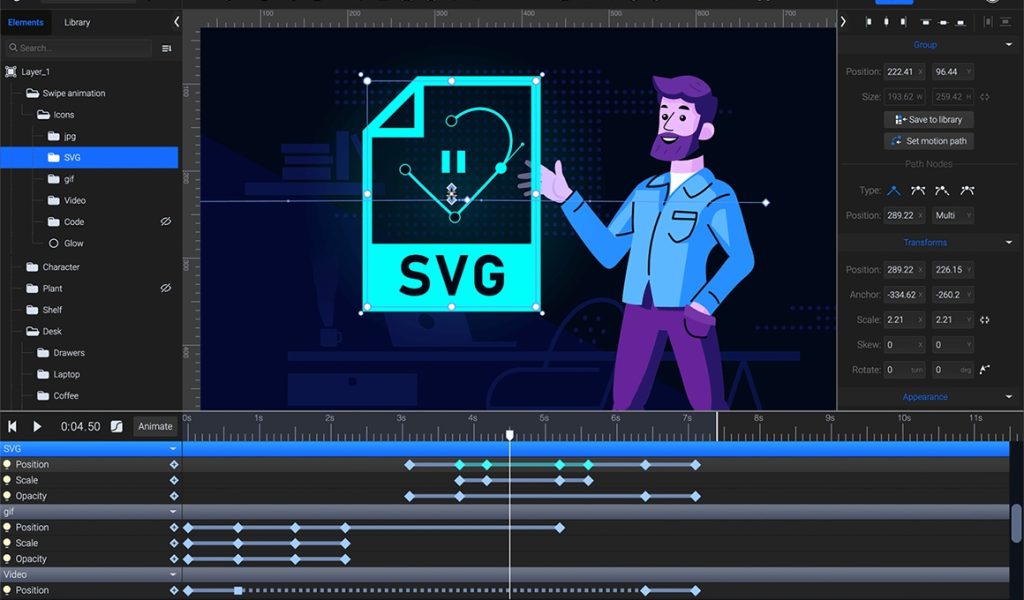
9. Accessibility: Vectors can create accessible designs, such as scalable icons for apps or websites, ensuring a positive user experience for all users, including those with disabilities.

10. Longevity: Designs created with vectors have a timeless quality, as they can be easily updated and adapted to changing trends or requirements, extending their lifespan.
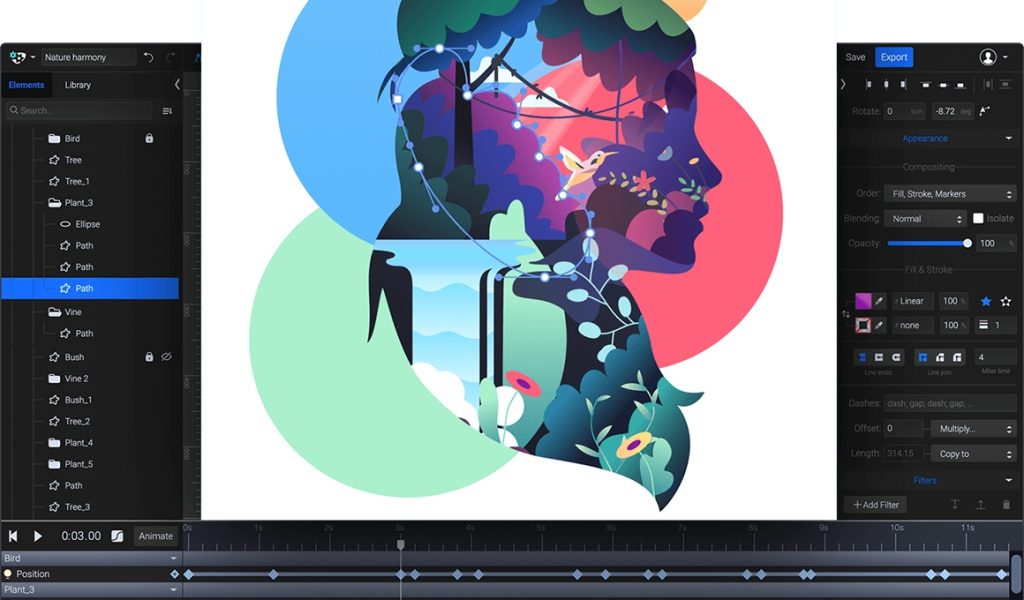
In essence, vectors empower designers with a versatile, precise, and future-proof toolset, allowing them to bring their creative visions to life with efficiency and quality across a wide spectrum of design projects.
Conclusion
In conclusion, vectors are the backbone of modern design, offering designers an array of compelling advantages. From their unrivaled scalability and precision to their versatility and adaptability, vectors have become indispensable tools across diverse creative disciplines. Their editability, consistency, and print quality ensure that design visions can be realized with clarity and impact. Vectors also play a pivotal role in digital realms, facilitating interactivity and accessibility.
As design continues to evolve and expand into new territories, vectors remain a steadfast ally, enabling designers to push the boundaries of creativity while maintaining the highest quality standards. In essence, vectors are not just tools but silent partners in the creative process, empowering designers to craft visual narratives that captivate, inform, and inspire.









